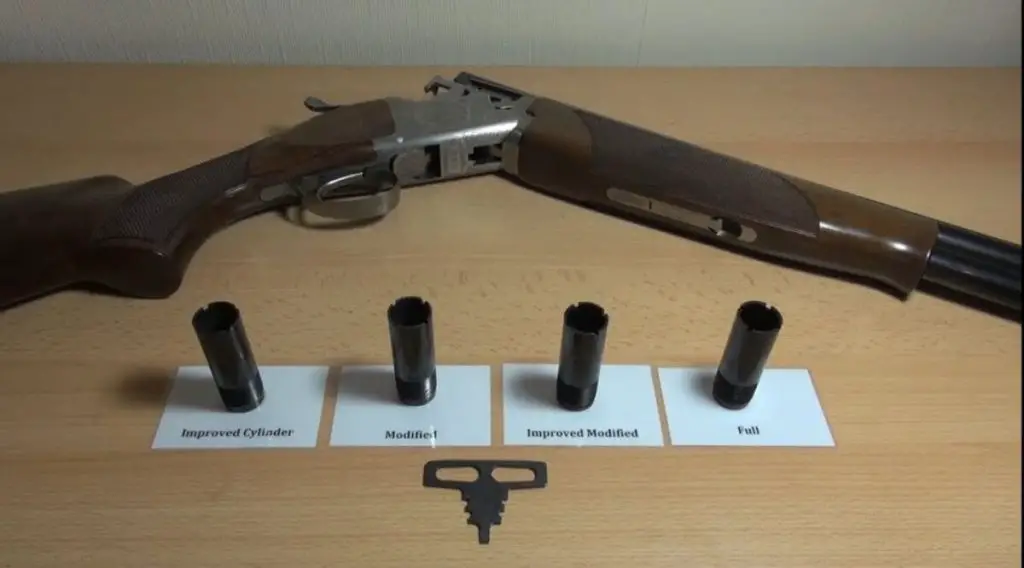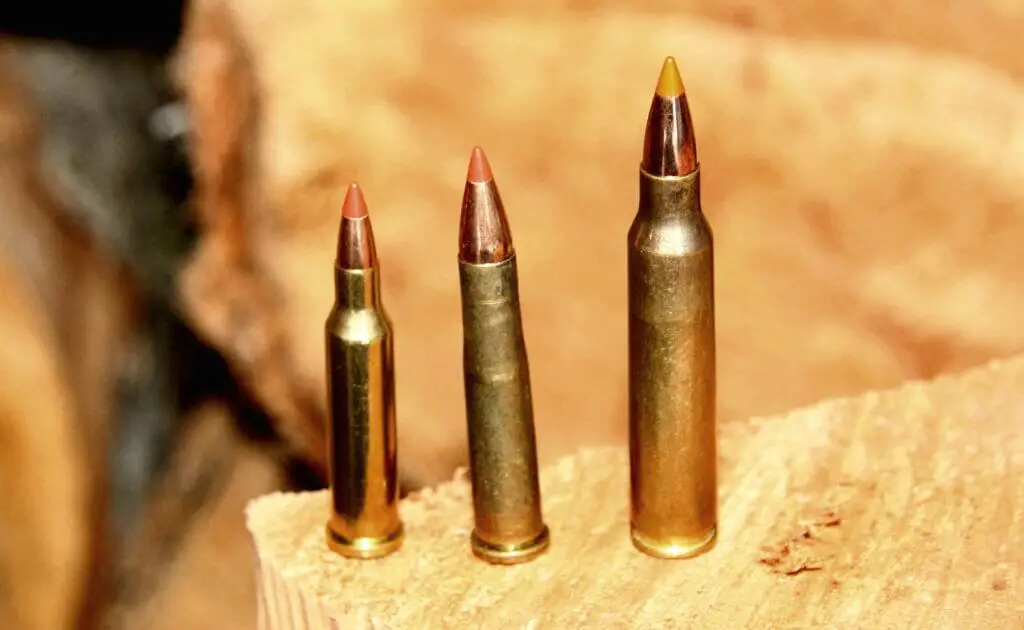Ever since its inception in the year 1994, the Glock 26 has been a favorite for many gun enthusiasts due to its subcompact size, which makes it perfect for concealed carry. With the advent of each generation, Glock strived to improve upon this classic model. However, despite these improvements, the Glock 26 Gen 5, which is the latest in the series, has been found to have a few notable problems.
In this blog post, we will delve into the depths of the common problems gun owners have faced with their Glock 26 Gen 5. We will be laying out these issues along with possible fixes that can be carried out to once again make this gun your trusted sidearm.
Glock 26 Gen 5 Problems Overview
It is important to note that while we mention a list of problems pertaining to the Glock 26 Gen 5, it remains a popular handgun due to its reliability, improved accuracy, and incredible stopping power. Having said that, let’s delve right in.
Trigger Adjustment Issue
The first issue that has been reported quite often by Glock 26 Gen 5 users relates to the trigger. Some users have found the trigger pull to be harder than expected, implying that more force is required to discharge a round.
Biting Beaver Tail
The Glock 26 Gen 5 comes with a beavertail backstrap design which is intended to help a shooter get a high grip without the fear of slide bite. But, for some users, the beavertail has proven to bite into their hand, causing discomfort.
Ejection and Extraction Problem
Another rampant issue that cropped up in the Gen 5 series is inconsistent extraction and ejection of rounds. Some users have experienced the shell casings being ejected sporadically, with instances of casings hitting the user.
Now that we have outlined the primary problems of the Glock 26 Gen 5, let’s guide you on how to fix them.
User Guide on Fixing Common Glock 26 Gen 5 Problems
Fixing the Trigger Problem
- The first step would be to disassemble the Glock 26 completely. Please refer to the manufacturer’s guide to ensure proper disassembly.
- Next, pay special attention to the connector located on the trigger mechanism housing. Use a brush and a gun cleaner to clean this connector thoroughly.
- Reassemble the Glock and test the trigger pull. If there is no noticeable improvement, consider purchasing an aftermarket trigger connector that offers a lighter pull.
Solving the Biting Beavertail Issue
The beavertail issue can be a bit trickier to solve because this largely depends on the user’s grip and hand size. Here are some steps that you can undertake:
- Try adjusting your grip in a manner that the beavertail does not push into your hand.
- If that does not work, consider using a rubberized grip sleeve or wrap that goes over the frame of the Glock, thus providing a layer of separation between your hand and the beavertail.
Resolving the Ejection and Extraction Issue
To fix inconsistent ejection and extraction, you might need to change a few components. Here are the steps:
- Firstly, you will need to replace the extractor. Opt for Glock’s LCI extractor (part number 28927).
- You will also need to replace the ejector with Glock’s OEM ejector (part number 30274).
- Once these components are replaced, you can test your Glock for improved ejection and extraction performance.
In Conclusion
Even though we discussed some of the issues people have faced with their Glock 26 Gen 5, it should be noted that these problems may not affect all users. Much will rely on how you handle and maintain your gun. Ultimately, the Glock 26 Gen 5 remains a reliable and powerful firearm, duly earning its place in the concealed carry market.
Frequently Asked Questions
1. Why does my Glock 26 Gen 5 keep jamming?
Several factors could cause a Glock 26 Gen 5 to jam, including improper grip, limp-wristing, or using low-quality ammunition. Additionally, if the firearm is not properly cleaned and maintained, it could lead to jams. Ensure you are using a firm grip, using proper ammunition, and regularly cleaning and lubricating your Glock 26 Gen 5 to minimize the chances of jamming.
2. How reliable is a Glock 26?
Glock pistols, including the Glock 26, have a reputation for exceptional reliability. Glock handguns are known for their robust construction, simplified design, and extensive testing. Glock firearms undergo strict quality control measures during manufacturing and have a long history of proven reliability, making the Glock 26 a highly reliable handgun.
3. Why is the Glock 26 so popular?
The Glock 26 is popular for several reasons. Its compact and subcompact size make it suitable for concealed carry, while retaining a higher magazine capacity compared to other similar-sized pistols. The Glock 26 also benefits from Glock’s reputation for reliability, durability, ease of use, and availability of a wide range of aftermarket accessories. These factors contribute to its popularity among both civilians and law enforcement officers looking for a reliable concealed carry firearm.
4. Is Glock 26 safe to carry?
Yes, the Glock 26 is safe to carry if proper safety measures are followed. It includes features such as a safe-action trigger system, firing pin safety, and drop safety that help prevent accidental discharges. However, it is crucial to follow best practices for gun safety, including proper holster selection and training in safe firearm handling, to ensure safe carrying and use of the Glock 26.
5. How accurate is the Glock 26?
The accuracy of the Glock 26 primarily depends on the shooter’s skill and experience. With its short barrel and compact design, the Glock 26 may be slightly less accurate compared to full-sized handguns due to reduced sight radius and potential muzzle flip. However, with proper training and practice, most shooters find the Glock 26 to be accurate within typical self-defense distances.
6. What is the maximum effective range of the Glock 26 Gen 5?
The maximum effective range of the Glock 26 Gen 5 depends on various factors such as the shooter’s skill, type of ammunition used, and environmental conditions. Generally, the effective range for self-defense for a handgun like the Glock 26 is considered to be within 25 yards. However, it is essential to prioritize close-quarters accuracy and not rely on handguns for long-range engagements.
7. Can I use Glock 19 magazines in my Glock 26 Gen 5?
Yes, you can use Glock 19 magazines in Glock 26 Gen 5 since the Glock 26 is a subcompact version of the Glock 19. Glock 19 magazines have a higher capacity than the standard Glock 26 magazines and will extend beyond the grip. However, the longer magazine will not affect the functioning of the firearm, allowing you to enjoy increased round capacity.
8. What are common upgrades or modifications for the Glock 26?
Common upgrades or modifications for the Glock 26 include adding night sights, extended magazine releases, aftermarket triggers, slide milling for optic mounts, and grip enhancements such as stippling or grip tape. However, it is important to note that modifying your Glock 26 may void the warranty, so ensure you understand the potential implications before making any changes.
9. Can I dry fire my Glock 26 Gen 5 without damaging it?
Yes, you can dry fire your Glock 26 Gen 5 without causing any significant damage to the firearm. Glock pistols are specifically designed for dry firing, which is an essential practice for honing trigger control and improving shooting skills. However, for prolonged dry fire sessions, it is recommended to use snap caps or dummy rounds to protect the firing pin and breech face from wear.
10. Are there any known issues or common problems with the Glock 26 Gen 5?
The Glock 26 Gen 5 is generally considered to be a reliable firearm with minimal issues. However, as with any mechanical device, occasional individual guns may experience problems. Common issues reported with Glock 26 Gen 5 firearms may include failure to feed or eject, striker drag, or slide lock issues. In such cases, it is best to contact Glock’s customer service or consult a certified Glock armorer for assistance with troubleshooting and resolving any problems.
- How to Put a Scope on a Mosin Infantry in Tarkov: A Quick Guide - November 7, 2024
- How to Edit a Scope Box in Revit: A Step-by-Step Guide - November 6, 2024
- How to Put a Scope on Mosin Tarkov: Expert Tips for Gamers - November 6, 2024


